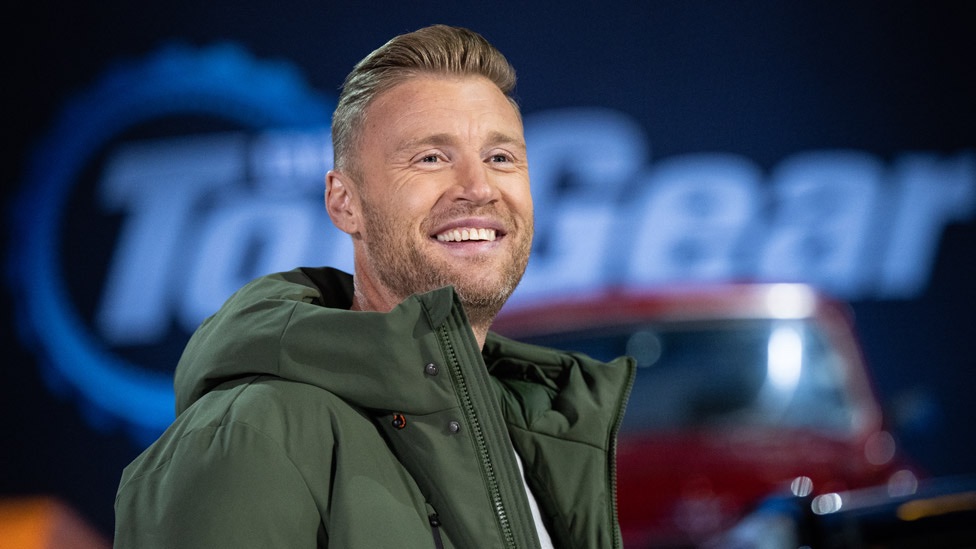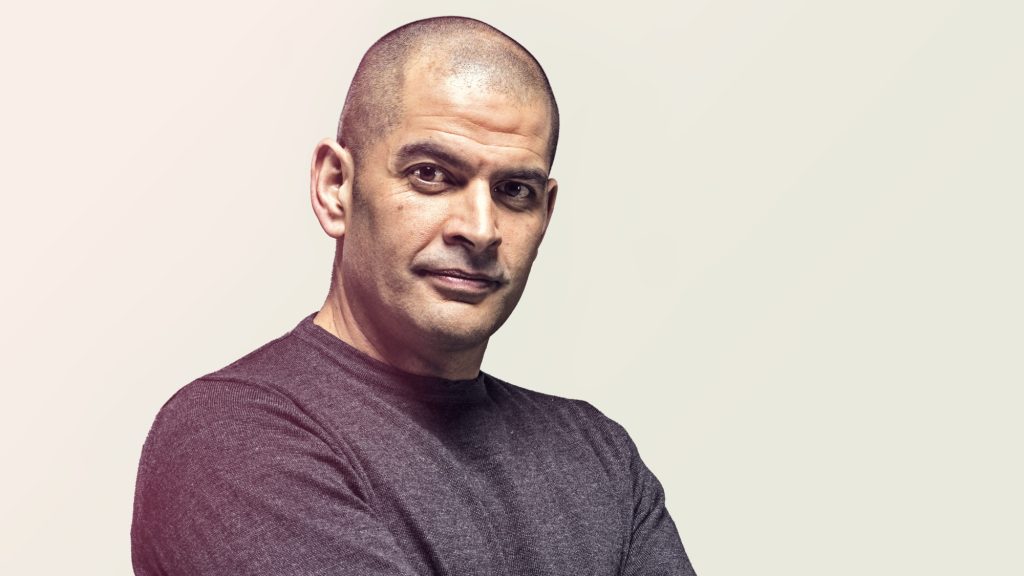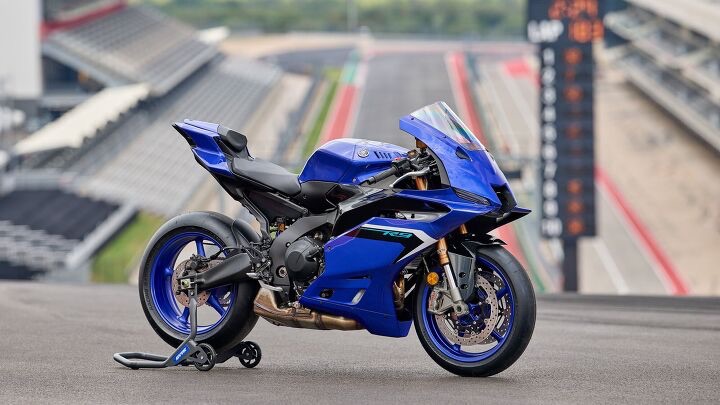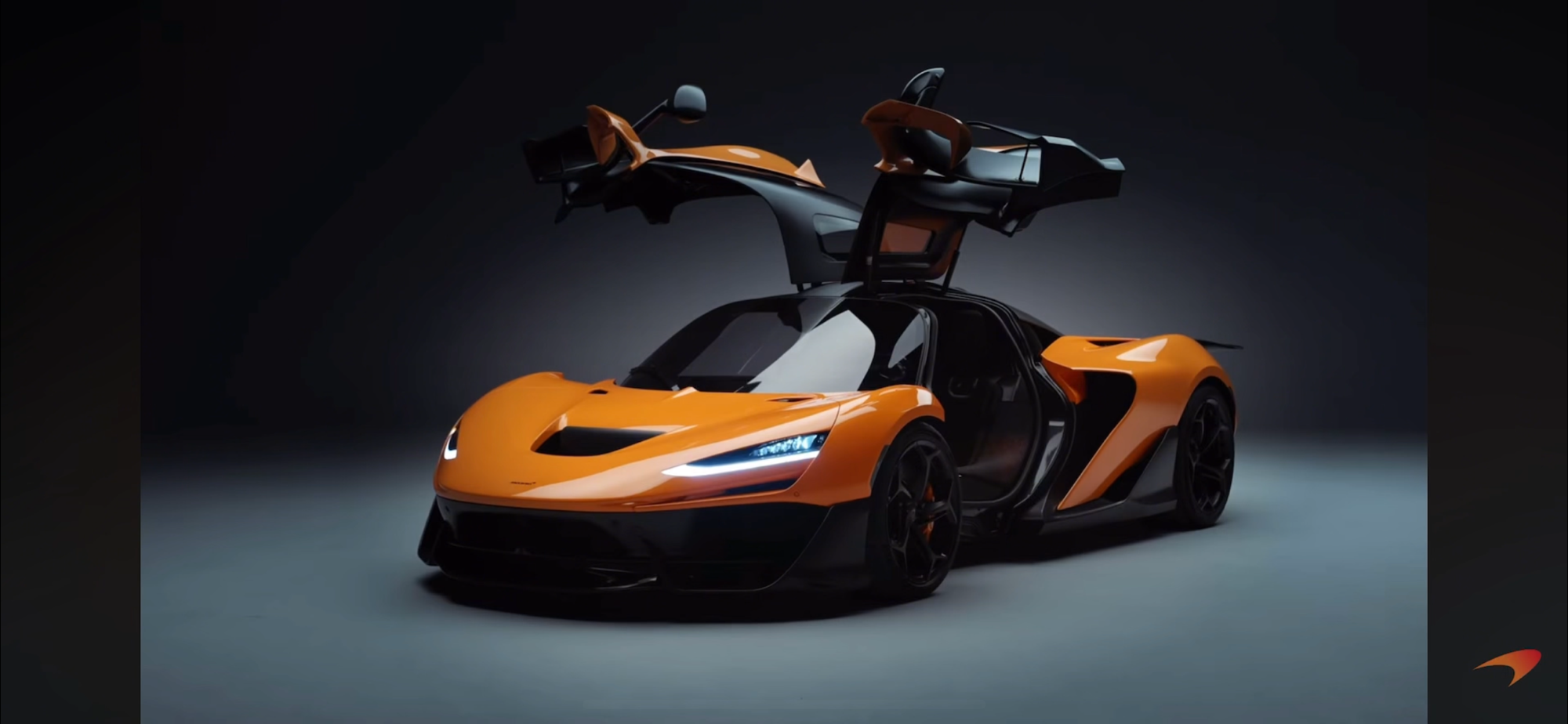
Freddy Flintoff’s harrowing accident during a filming session for Top Gear in late 2022 served as a stark reminder of the real risks involved in high-speed automotive entertainment. Known for his fearless persona both on the cricket pitch and on screen, Flintoff’s crash made headlines around the world, shaking the automotive and entertainment industries to their core. The incident has raised serious questions about how tv shows cut funds to heath and safety. whether YouTubers and social media content creators—many of whom emulate high-risk stunts for entertainment—are taking notice and adjusting their practices.
Flintoff’s accident, which took place while driving a high-speed three-wheeled car, left him with severe facial injuries and multiple broken ribs. What started as a routine shoot became a life-altering moment. Flintoff’s recovery has been a long and painful process, reminding audiences that even with top-tier productions, danger is ever-present in high-speed filming environments. His experience has prompted discussions about the balance between entertainment and safety in a growing genre of media that often places spectacle over safety.
In a recent episode of The Joe Rogan Experience, Top Gear co-host Chris Harris shed light on the behind-the-scenes safety protocols of the show and its failings. Harris, an experienced driver and automotive journalist, spoke openly about the immense pressure to perform daring stunts for the sake of creating viral content. He pointed out how he had predicted an accident if the owners of the show, BBC did not change some of their health and safety practices. If health and safety in a mainstream media organization failed this badly how much more the world of social media content creators?

“You can’t make mistakes at the speeds we’re going,” Harris said during the interview. “But what really worries me is how many people out there—on YouTube and TikTok—are doing these things with no safety precautions at all.”
Harris’s insights are a critical wake-up call for content creators who may not have access to the safety protocols employed by major production studios. In the rush to generate views and build social media followings, some creators may be overlooking the life-threatening dangers of high-speed driving and daredevil stunts.
Platforms like YouTube and TikTok have democratized content creation, allowing anyone with a smartphone to film, edit, and upload videos that could reach millions. While this has created a vibrant community of car enthusiasts and stunt performers, it has also opened the door to reckless behavior. Some creators go to extreme lengths to create viral moments, often bypassing safety standards in the pursuit of clicks and likes.
The lack of industry oversight on social media platforms means that creators are largely left to police themselves, and some are choosing entertainment over safety. Flintoff’s accident highlights the importance of balancing risk with responsibility, a lesson that needs to be absorbed by a broader audience, particularly in the online content world.
While Flintoff’s accident has sparked conversations, it’s unclear whether these lessons are being fully adopted in the digital space. Some high-profile YouTubers have spoken out about the need for greater safety awareness. Creators like The Stradman and Shmee150, who are known for their exotic car content, have made efforts to showcase safety measures in their videos, emphasizing track use, helmet-wearing, and controlled environments. However, for every responsible creator, there are countless others willing to push the envelope without considering the consequences.
Social media algorithms that reward sensationalism further exacerbate this issue. The more outrageous the stunt, the higher the potential for engagement—leading some to take unnecessary risks. The drive for instant gratification and the monetization of content create a dangerous combination, especially when younger audiences are easily influenced by what they see.
The entertainment industry, whether traditional television or digital platforms, thrives on pushing boundaries. However, as Freddy Flintoff’s accident and Chris Harris’s warnings make clear, those boundaries must come with an understanding of safety and responsibility. Platforms like YouTube, TikTok, and Instagram should consider implementing stricter guidelines when it comes to dangerous stunts. Equally, creators must hold themselves accountable, ensuring they prioritize safety over shock value.
Insurance, qualified on site health and safety team, fire and paramedics should be present at all times on shoots. This might come at a cost but it will be worthy!
It’s time for creators to take heed, learn the lessons from Flintoff’s near-fatal crash and many others, to ensure that the quest for virality doesn’t come at the cost of human lives.






Leave a Reply